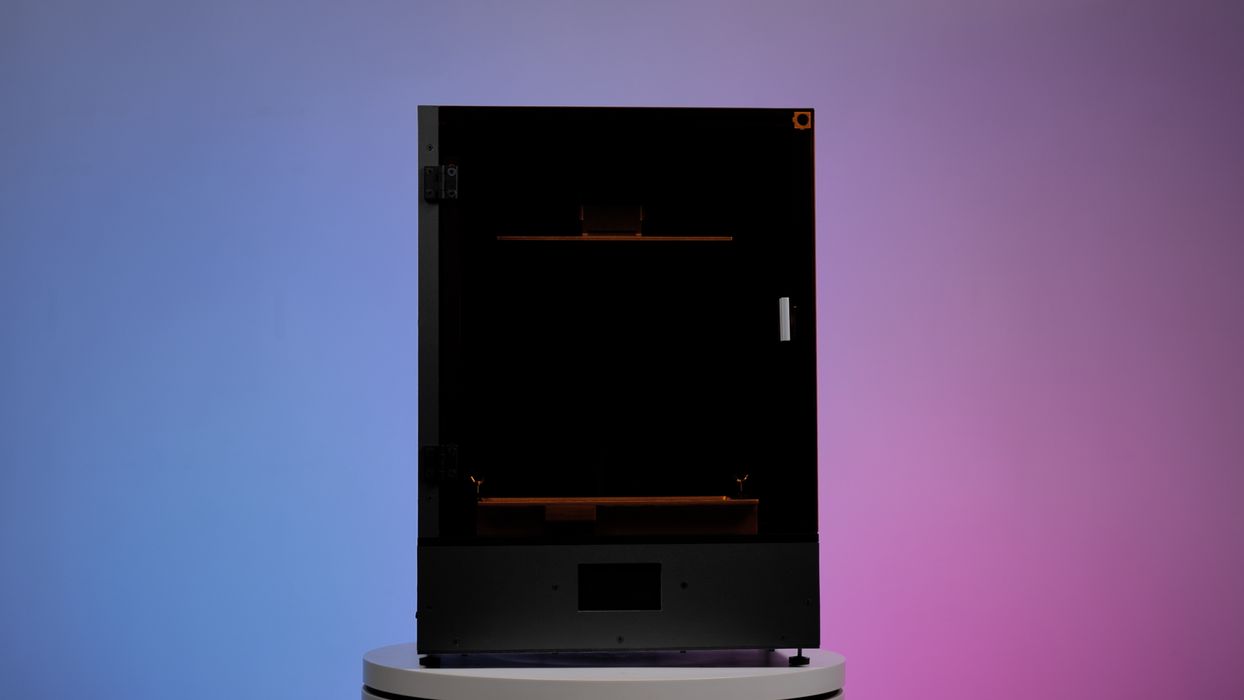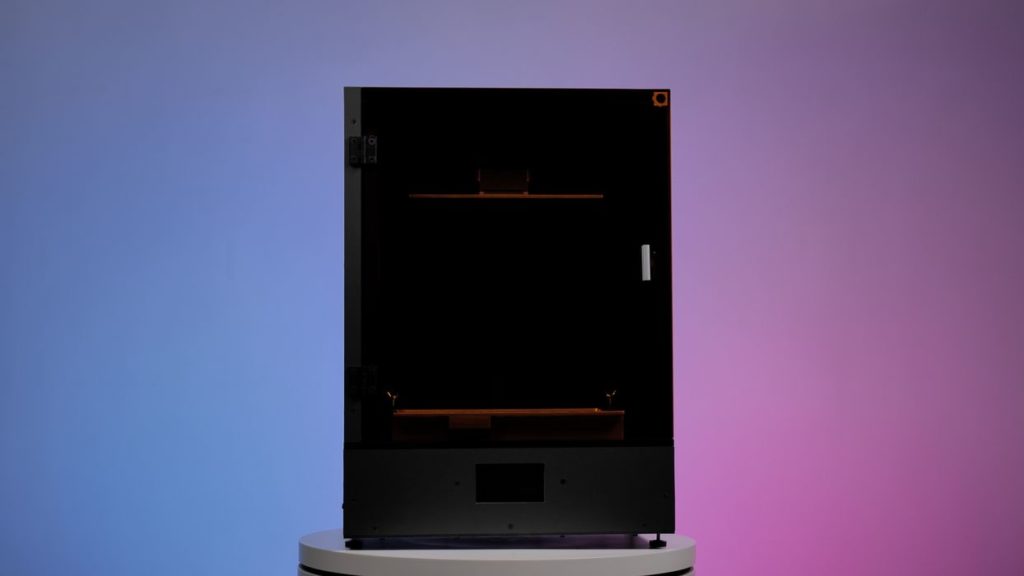
Peopoly announced a new, large resin 3D printer the “Phenom Forge” targeted at low volume production environments.
The company, founded in 2015, first launched the Moai, a laser-based SLA device, but subsequently turned to their Phenom series of resin 3D printers. There are now six different Phenom models, with the most recent being the Phenom Forge.
At first glance you might think the Forge is just another one of many desktop MSLA resin 3D printers on the market, but in fact it is quite different.
The first difference and most notable is the sheer size of the machine. It has a massive (for a resin 3D printer) build volume of 288 x 162 x 350 mm. This is larger than most desktop FFF devices, to put it in perspective.
This volume makes the device suitable for production in the sense that you can use it not just for 3D printing large single objects, but instead large collections of smaller parts in a single job. Remember, the MSLA process job elapsed time depends on the height of the object, not the amount of material on each layer. Thus, a wider build area can result in significant throughput gains.
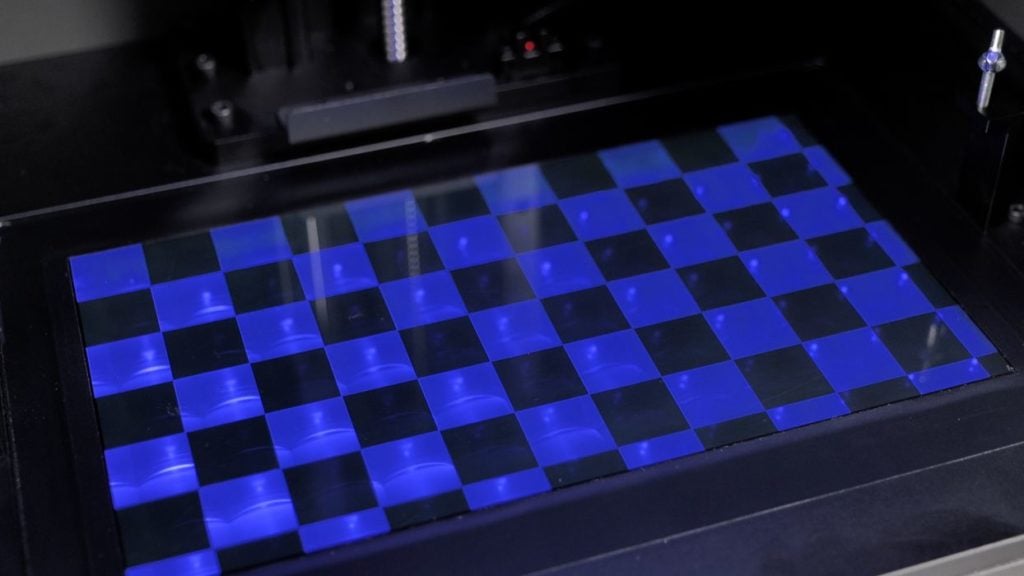
The MSLA light engine used in the Forge includes a 500 nit LED light system with a special parallel mask to ensure uniform light distribution. This light then passes through the 6K LCD panel, which is a monochrome design. Monochrome panels do not include color filters, which reduce energy. Thus the Forge should be able to print at higher speeds, again a boost to production applications.
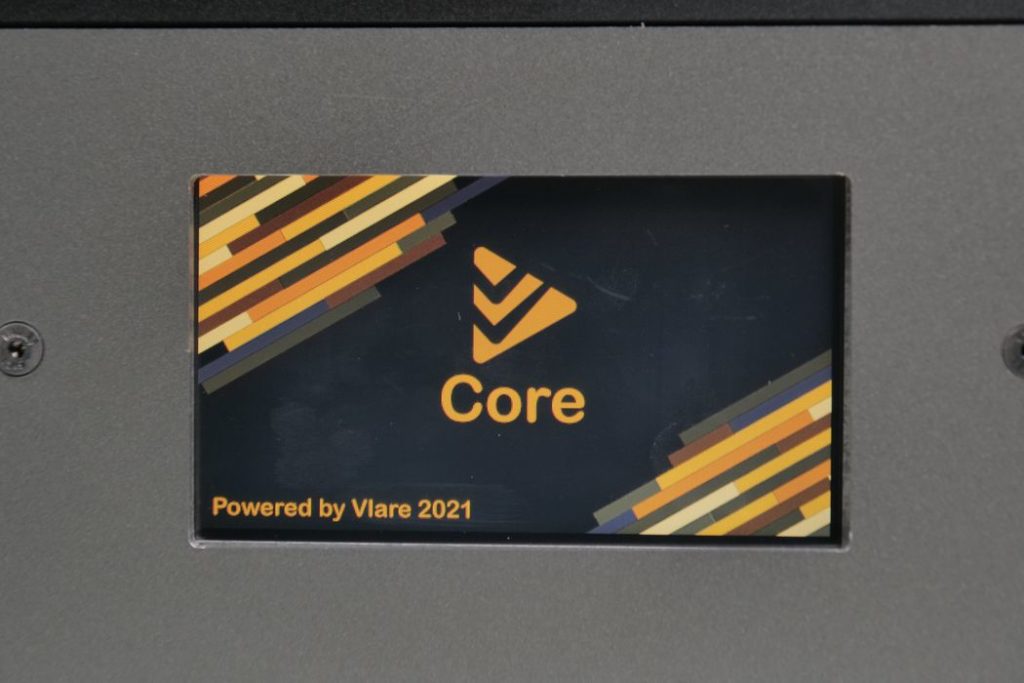
The Forge uses a new Vlare Core as the controller board, which is supported by Lychee Slicer, Tango Voxeldance and Vlare’s own slicing software. This system permits multi-zone exposures, which can allow for some very unusual capabilities during print jobs.
Peopoly has considered production use from the point of view of the operators and included a number of features to allow for proper machine control. These include an onboard infrared webcam for remote monitoring of job success, WiFi for connectivity, and software to manage a small farm of Forge machines. There is also an LED strip to illuminate the print action for the camera system.
An optional air duct system can be used to properly vent fumes from the machine that can drastically increase safe use of the equipment. I can’t tell you how many resin 3D printers I encounter that have no proper method of attaching to ventilation systems, so it is good to see that Peopoly has done so in the Forge. Peopoly explains:
“Forge is highly customizable with optional add-ons to meet different production requirements. Forge comes with easy-to-remove panels on all sides and 2020 extrusion frames for mounting peripherals to added features. For example, workshops with high ventilation requirements could install the air duct vent add-on and exhaust resins. Users in colder environments could also mount additional heater units in the chamber to maintain print and resin temperature. Forge users could easily access and adjust internal components for upgrades and maintenance. Peopoly will provide a structural guide to assist the user with customization.”
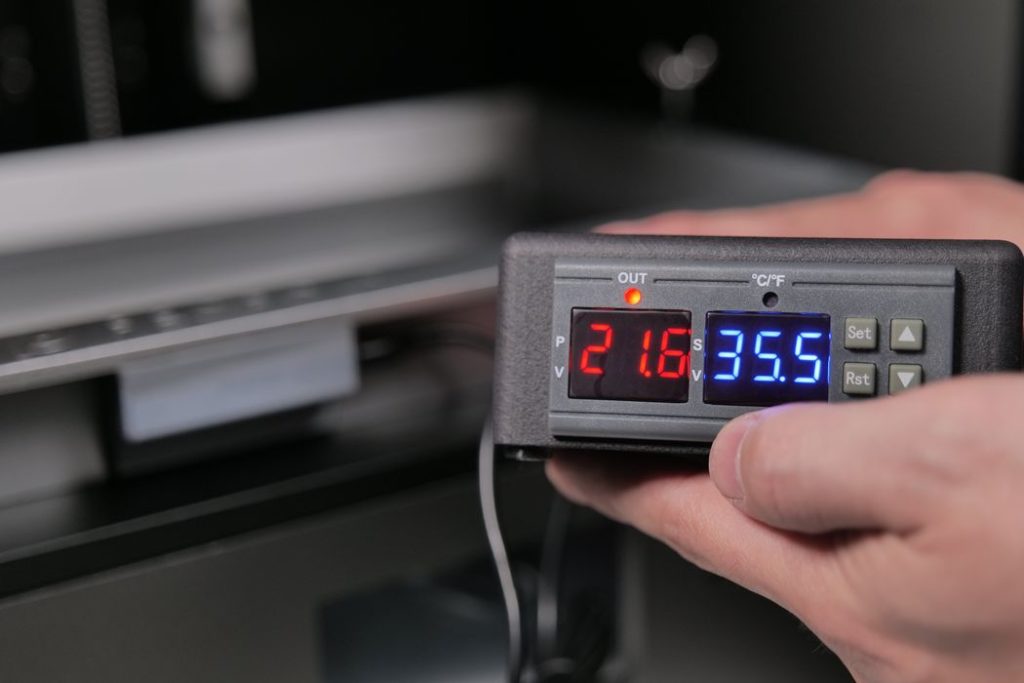
One of the more interesting and unique feature on the Forge is resin heating. The machine includes a system for warming the resin vat to a specified temperature prior to printing. This is a feature not seen on lower cost devices, but is often found on higher cost commercial SLA equipment. The idea is that the resin can print with higher quality and speed when at an optimal temperature. This is because the hotter resin can flow more easily during layer changes.
Unlike most desktop resin 3D printers, the Forge is shipped in two pieces that require assembly. Peopoly explained that it should take someone 30-60 minutes to perform the assembly, so it doesn’t sound particularly difficult to do.
With all these features the Forge is certainly going to be more expensive than typical desktop resin 3D printers. Its suggested retail price is US$1899, but the company is currently holding a pre-order launch sale at only US$1299, quite a discount. Peopoly said these orders should ship in mid-May, only a few weeks away.
Via Peopoly

